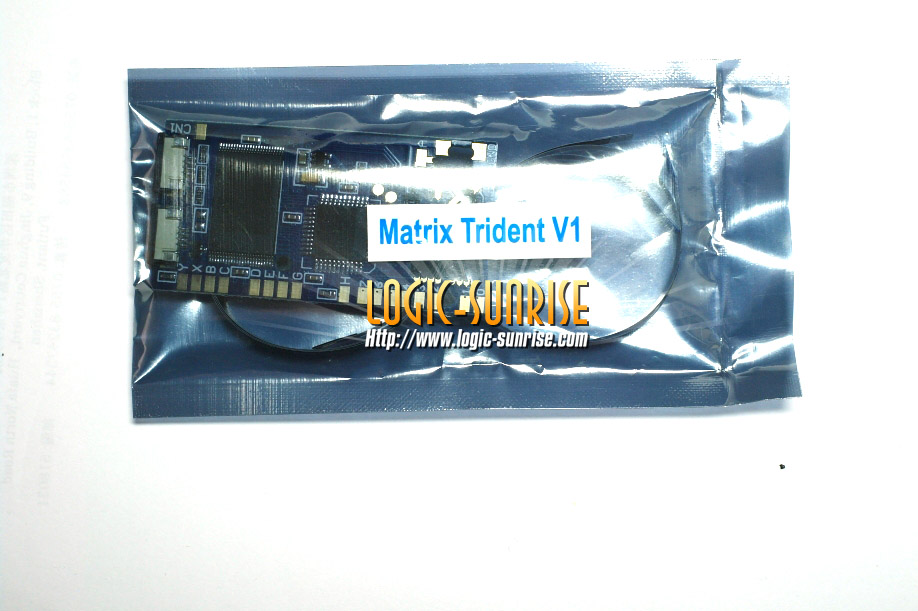
Dreambox Dm500s Gemini Image Silhouette
Apr 11, 2012 Messages 945 Likes 384 My Satellite Setup Sky minidish and Sky + HD 250gig Anytime+ box with full ish appart from sports and movies, Dreambox DM500s clone (Pli Jade3 max var F/W), Motorised 1.1Meter Dish. Dreambox 5620 tzteile: dreambox tz teile: dreambox 500 tz: dreambox 500 tzteile: dreambox 500s tz: dreambox 7025 tzteil: dreambox 7025 tzteile: dreambox 800 tzdisplay: dreambox 800 tzteile: drehknopf tz: drehknopf einkochtopf tzteil: drehknopf mikrowelle tzteil: drehknopf whirlpool tzteil: drehmaschine drehzahlregler tzteil: drehmaschine.
Astronomy Picture of the Day Each day a different image or photograph of our fascinating universe is featured, along with a brief explanation written by a professional astronomer. 2008 November 16 Anticrepuscular Rays Over Colorado Credit & Copyright: John Britton Explanation: What's happening over the horizon? Although the scene may appear somehow, nothing more unusual is occurring than a and some well placed clouds. Pictured above are. To understand them, start by picturing common that are seen any time that sunlight pours though scattered clouds. Now although sunlight indeed travels along, the projections of these lines onto the are. Therefore, the from a will appear to re-converge on the other side of the sky.
At the anti-solar point 180 degrees around from the, they are referred to as. Pictured above is a particularly striking set of photographed in 2001 from a moving car just outside of Boulder,,. Tomorrow's picture.
Astronomy Picture of the Day Each day a different image or photograph of our fascinating universe is featured, along with a brief explanation written by a professional astronomer. 2008 November 17 HR 8799: Discovery of a Multi-planet Star System Credit: et al., Explanation: How common are planetary systems like our own Solar System?
Questpond videos youtube. If this works its good else you can proceed with the below steps.
In the twelve years previous to 2008, have been found orbiting nearby stars. None, however, were directly imaged, few showed evidence for multiple planets, and many had a Jupiter-sized planet orbiting inside the orbit of Mercury. Last week, however, together with s of, the was released showing one of first confirmed images of planets orbiting a distant Sun-like star. Has a mass about 1.5 times that of our own Sun, and lies about 130 light years from the Sun -- a distance similar to many stars easily visible in the night sky., a 10-meter in captured in infrared light three planets orbiting an artificially obscured central star. The 8-meter telescope captured a. Each planet likely contains several times the mass of, but even the innermost planet, labelled d, orbits out near the orbit of.
Although the has significant differences with our Solar System, it is a that complex planetary systems exists, systems that could conceivable contain an. Tomorrow's picture. Astronomy Picture of the Day Each day a different image or photograph of our fascinating universe is featured, along with a brief explanation written by a professional astronomer. 2008 November 19 Unusual Auroras Over Saturn's North Pole Credit: Cassini Team,,, Explanation: What's causing this unusual aurora over Saturn? No one is sure.
By the of the north pole of Saturn have uncovered unlike any other seen previously in. The strange aurora are shown in blue in the, while the underlying clouds are shown in red. The previously recorded, also-strange are visible in red below the aurora. These Saturnian aurora can cover the entire pole, while auroras around Earth and Jupiter are typically confined by magnetic fields to rings surrounding the magnetic poles. More normal auroral rings had been around Saturn.

The above Saturn's can change their global patterns significantly in only a few minutes. The large and of these auroras indicate that are experiencing some type of above Saturn that was previously unexpected. Tomorrow's picture: open space. NASA's New High-Performance Engine for Ares Rocket Passes Review Artist concept of J-2X engine Artist concept of the J-2X engine.
Image Credit: NASA NASA's newest high-performance rocket engine, the J-2X, successfully completed its critical design review Nov. 13, at the Marshall Center. The J-2X engine, developed for NASA by Pratt and Whitney Rocketdyne, is the first element of NASA's Constellation Program to pass this design milestone.